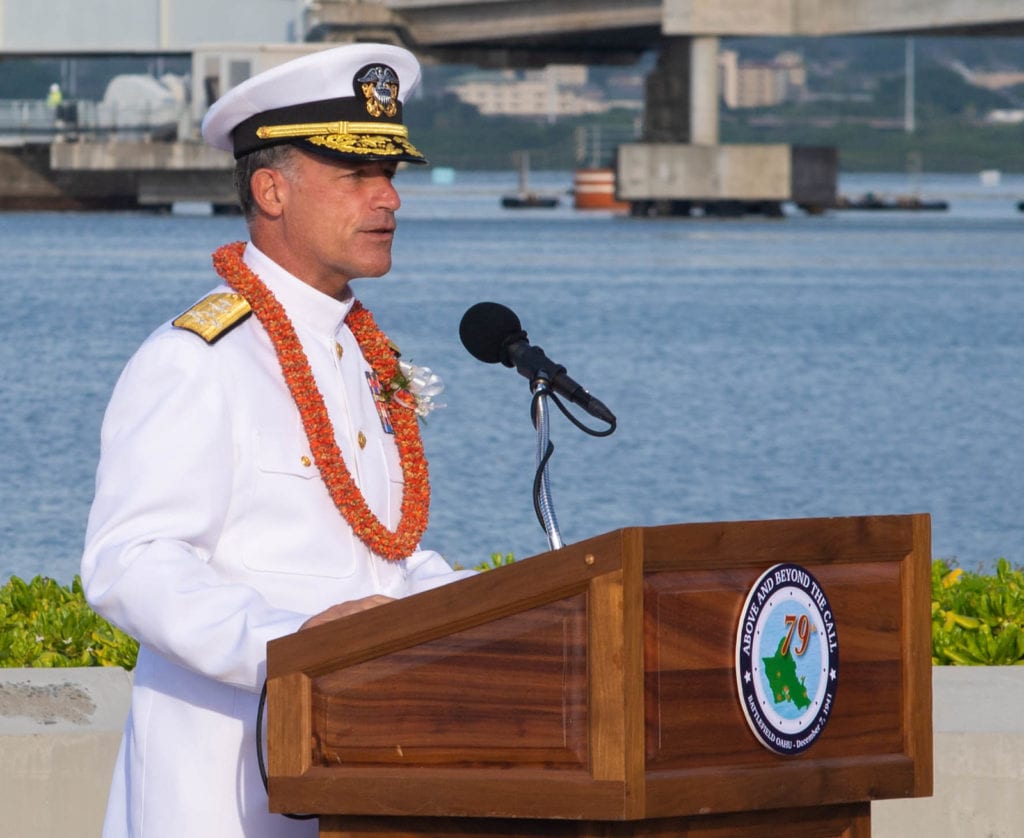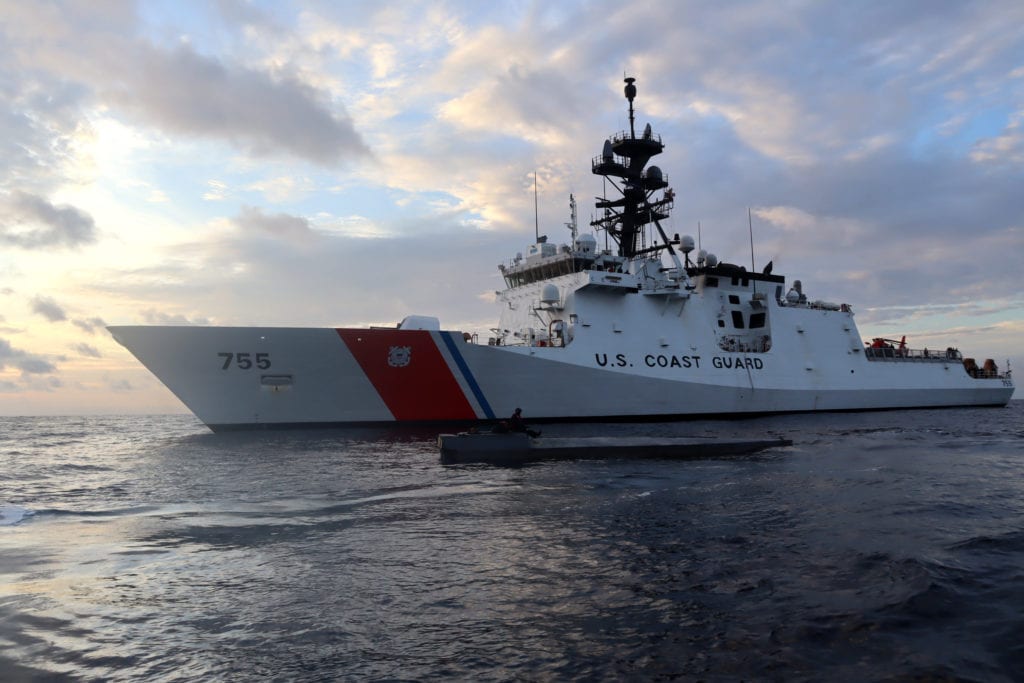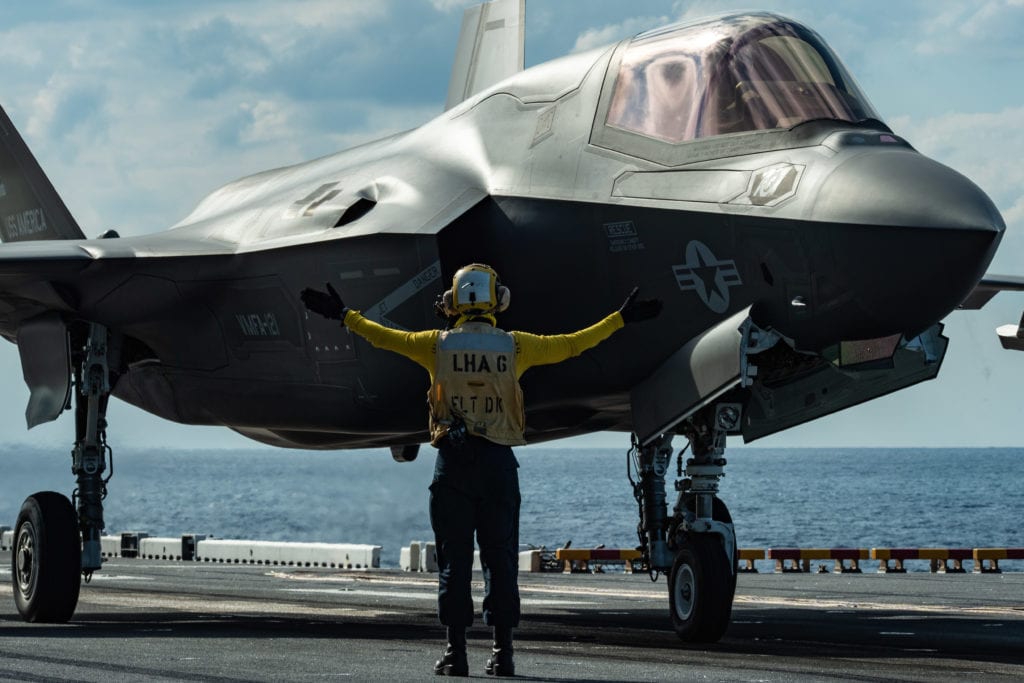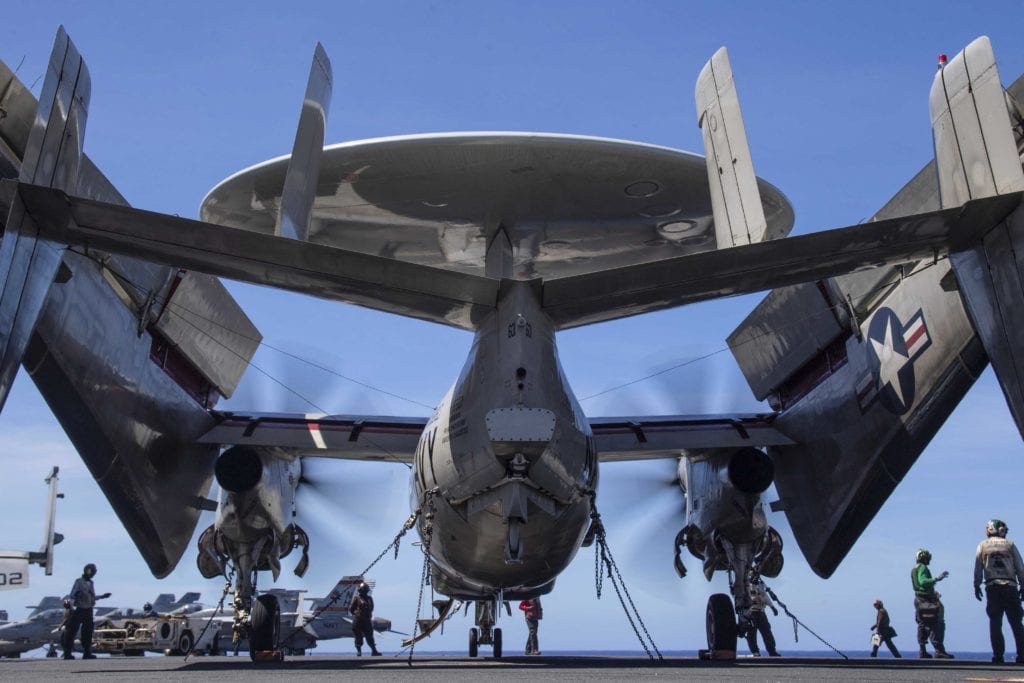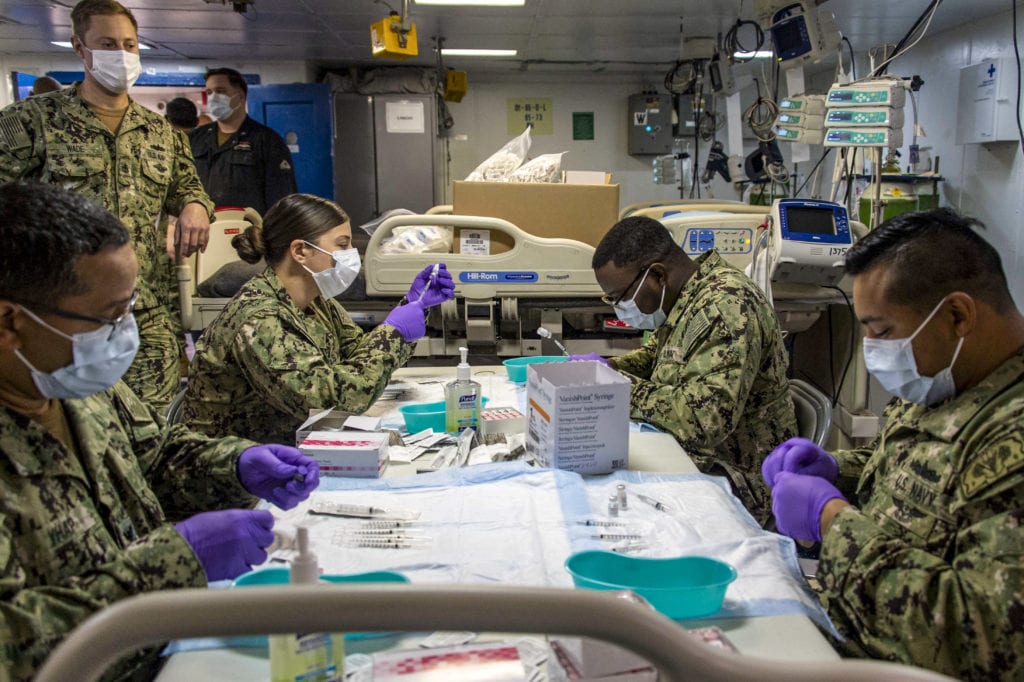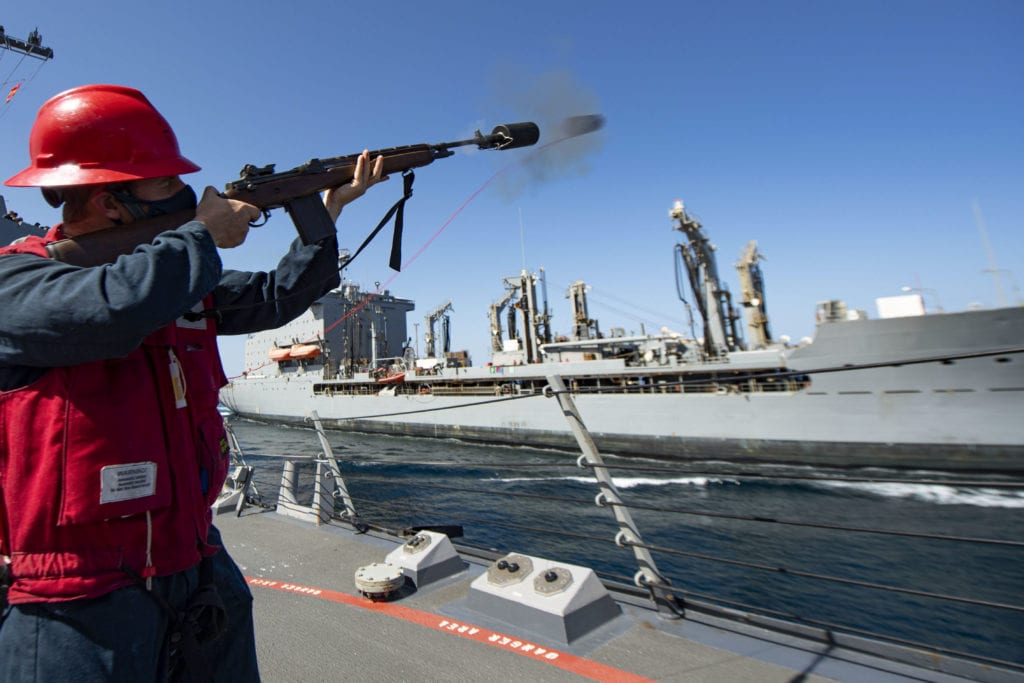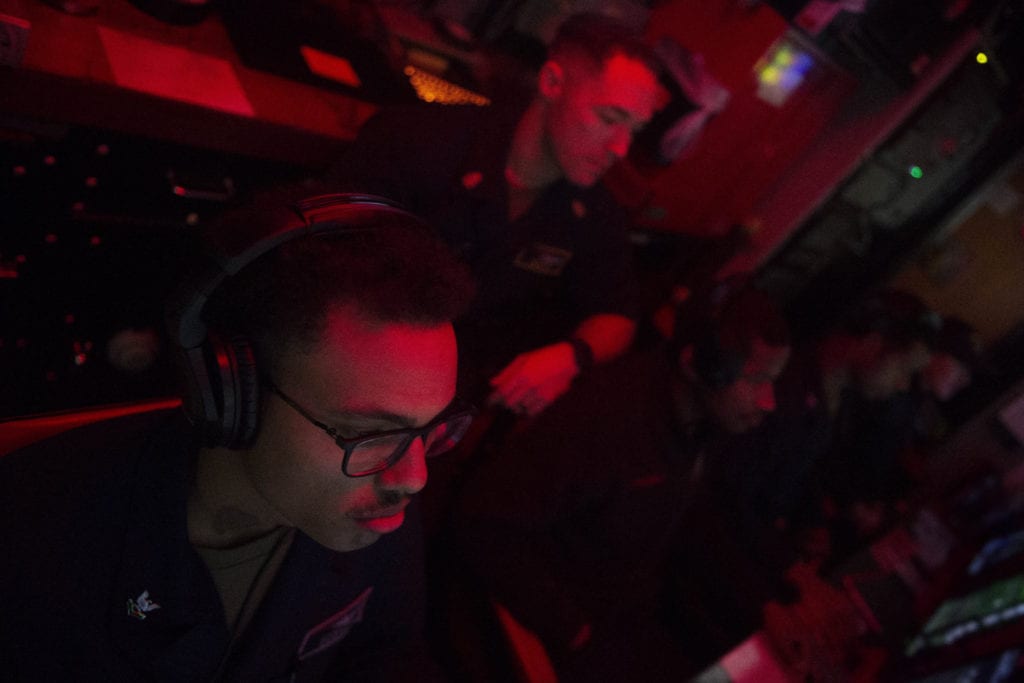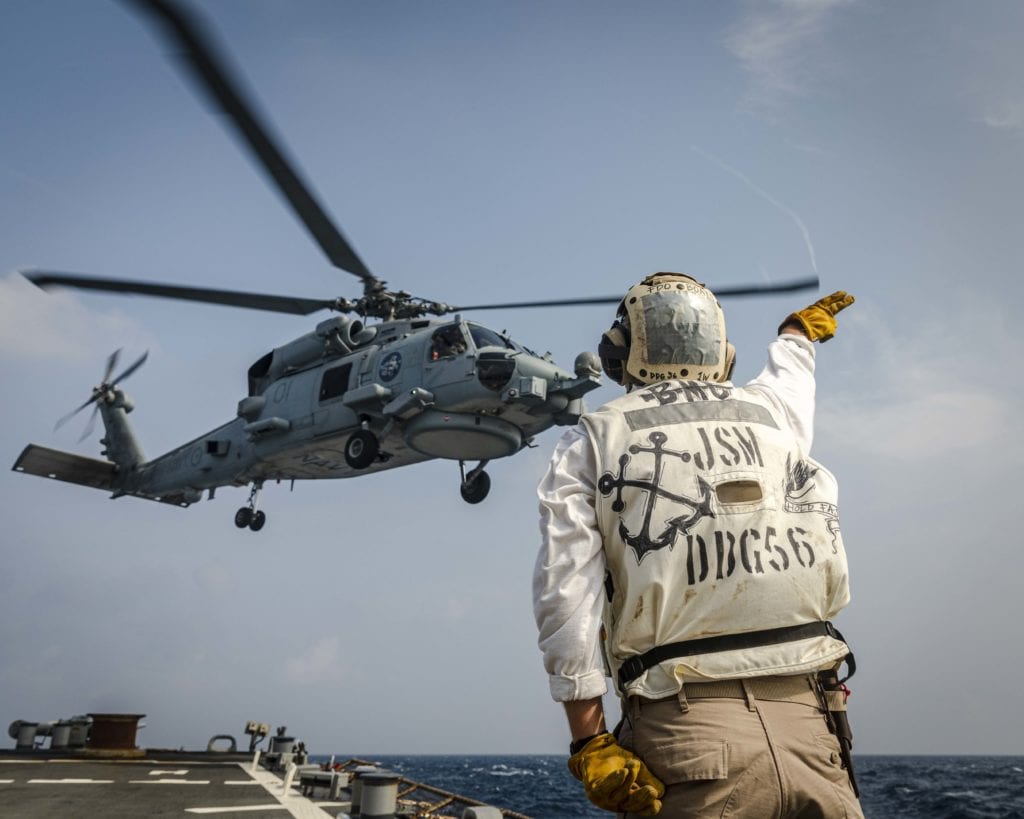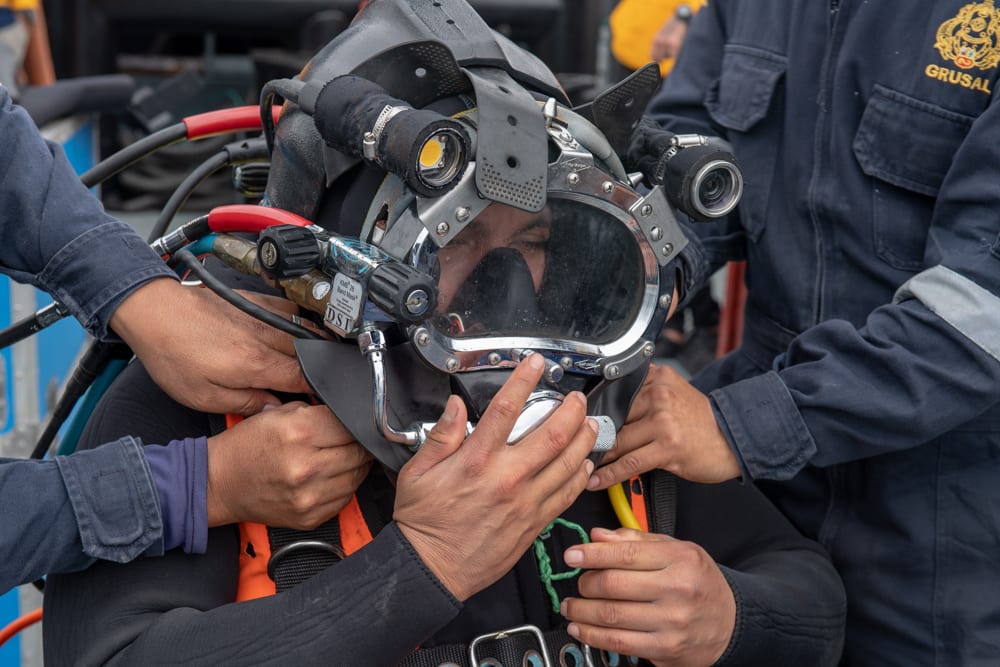Clock Ticking for Strategy to Maintain U.S. Global Lead in Artificial Intelligence
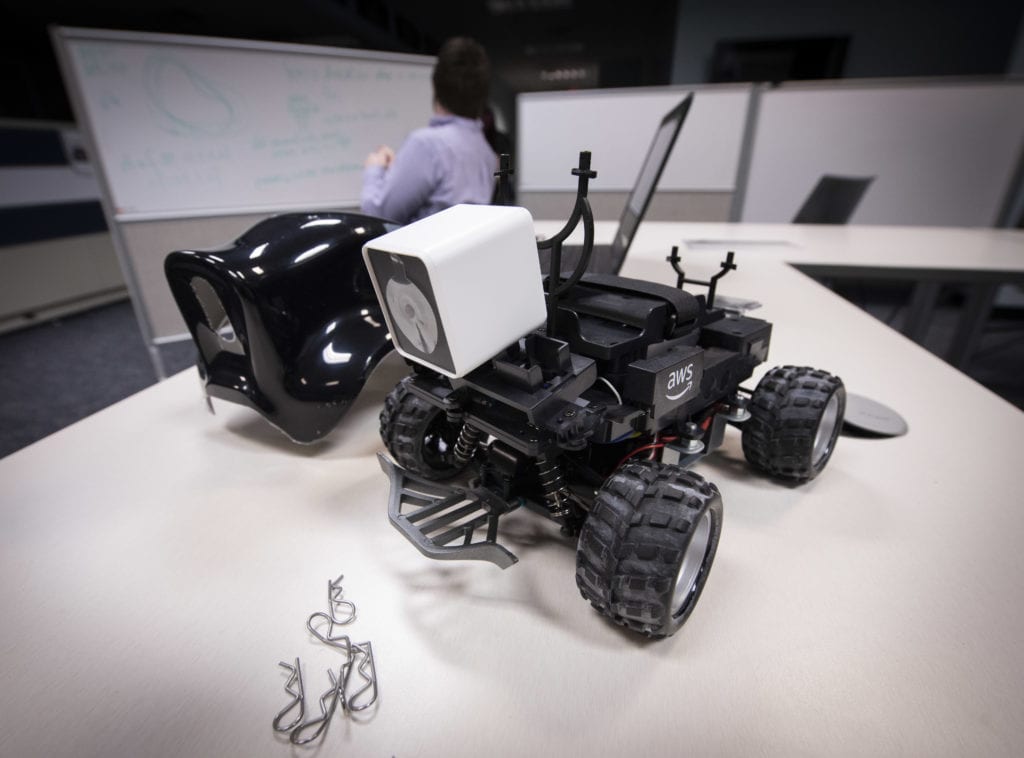
ARLINGTON, Va. — U.S. technological advantages over great power competitor China could be lost in less than 10 years without a robust and comprehensive artificial intelligence (AI) security strategy, according to the findings of an independent government commission.
“For the first time since World War II, the United States’ technological predominance — which undergirds both our economic and military competitiveness — is under severe threat by the People’s Republic of China,” Robert Work, vice chairman of the National Security Commission on Artificial Intelligence, told a live-streamed Pentagon press briefing April 9 on the commission’s final report.
And the most important technology “that the United States must master is artificial intelligence and all of its associated technologies,” Work added. Likening artificial intelligence to how harnessing electricity opened up a field of fields, Work said AI would affect quantum computing, healthcare, finance and military competition.
Work, who served as deputy secretary of defense in the Obama and Trump administrations, stressed the immediate and long-term risks. He noted China has advantages in data collection, with no privacy restraints like Western democracies have, as well as applications and integration of AI. The United States has advantages in talent, hardware and algorithms.
“Although the Chinese are really pushing hard [on algorithms] and we think they could catch up with us within five to 10 years,” he cautioned. However, overall, Work explained, “we do not believe China is ahead right now in AI.”
But that could change, said Marine Corps Lt. Gen. Michael S. Groen, director of the Joint Artificial Intelligence Center.
“China’s declared intent is to be globally dominant in AI by 2030,” he told reporters. JAIC’s mission is to transform to accelerate the delivery and adoption of AI to achieve mission impact at scale across the Defense Department. He said there was positive momentum toward implementation of AI at scale. “We certainly have a long way to go, but you can see the needle trending positive.”
The Chinese “are far more organized for competition and have a strategy to win the competition,” backed by a lot of resources, Work added. By contrast, the United States is not organized to win the competition for AI dominance. “We do not have a strategy to win the competition,” Work said, adding “We do not have the resources to implement a strategy — even if we had one.”
That’s where the commission’s recommendations come in. They include setting up a steering committee of emerging technology, consisting of the deputy defense secretary, the vice chairman of the Joint Chiefs and the principal deputy director of national intelligence to coordinate all AI activities between the intelligence community and the Pentagon.
Other recommendations include establishing a dedicated AI fund to assist small innovative AI companies bridge the gap between initial research funding and program acquisition; creating a Defense Department digital corps, modeled on the Medical Corps, to identify and utilize digital-savvy warfighters and leaders; and boosting science and technology research and development to 3.4% of the defense budget and spend $8 billion on AI annually.
Groen described the massive NSCAI report as a “760-page to-do list.” With tightened future defense budgets expected, “the productivity gains and the efficiency gains that AI can bring to the department becomes an economics necessity.”
